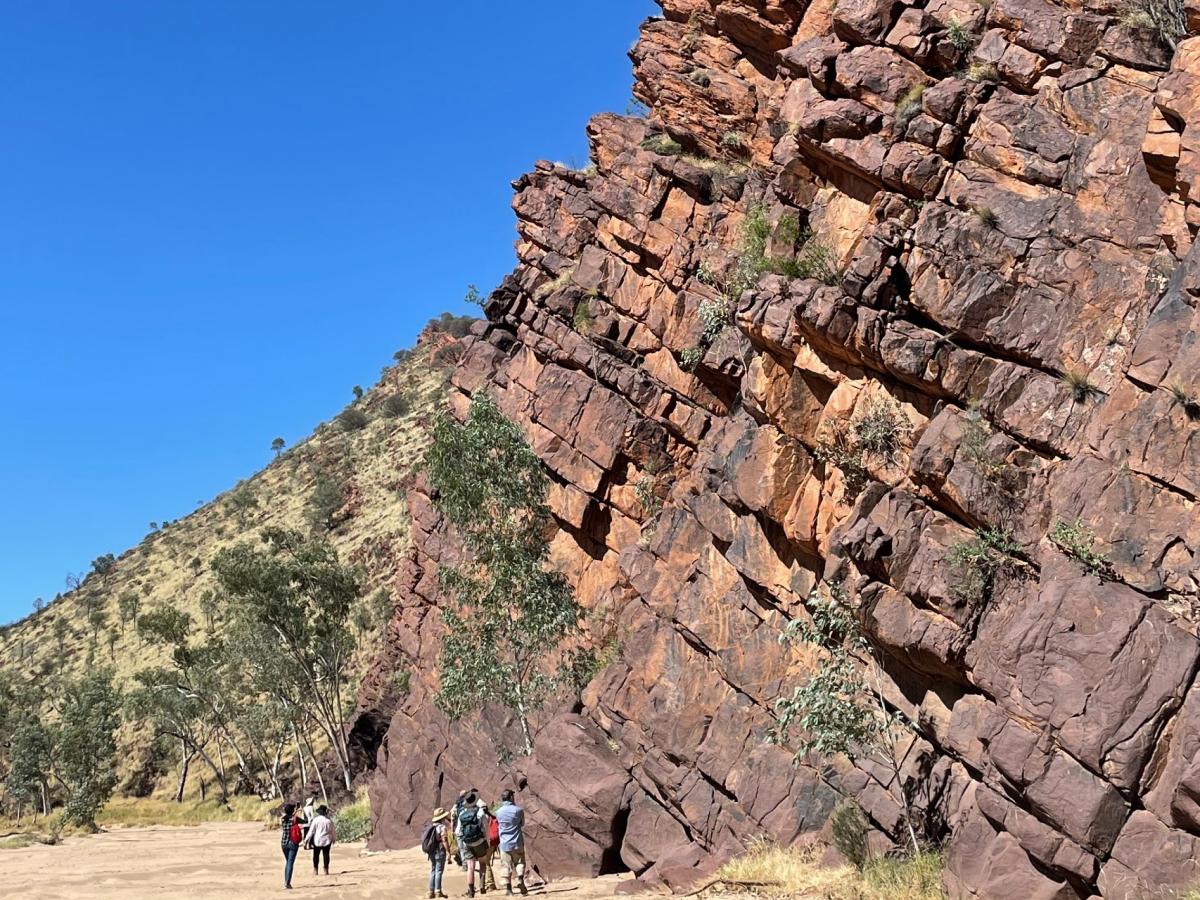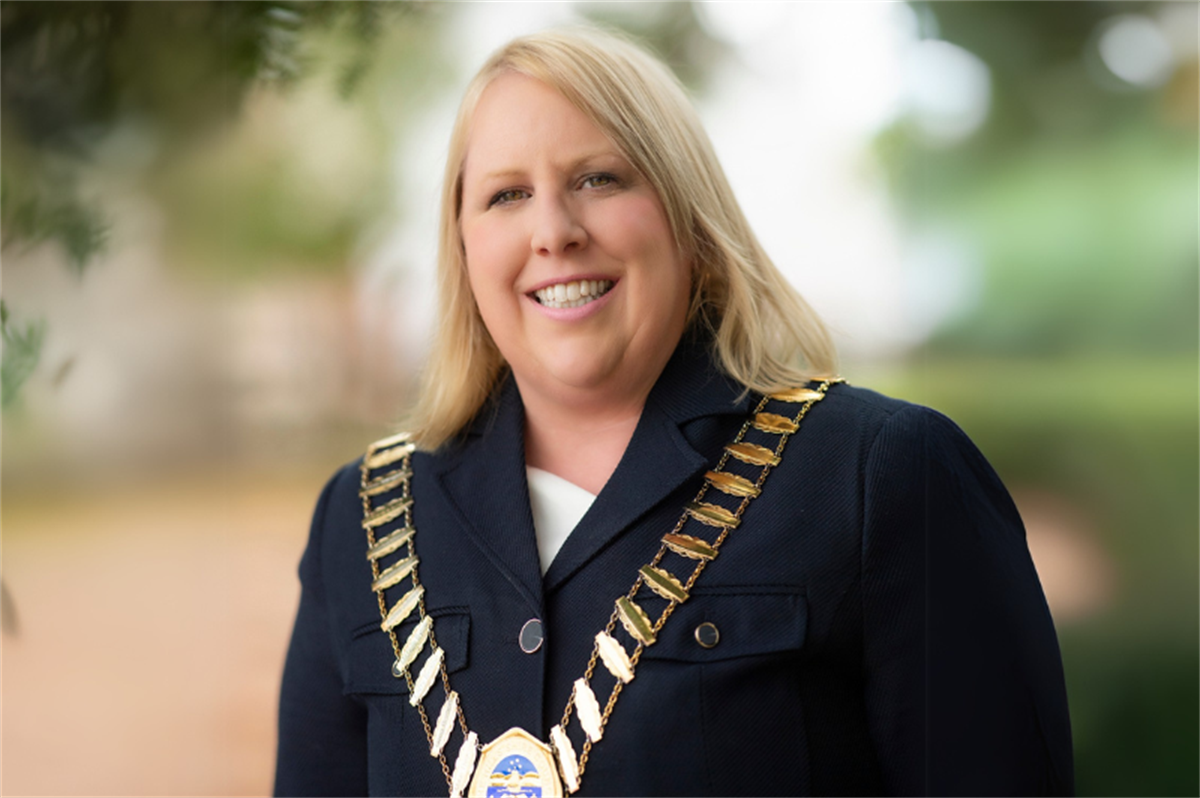
Arumbera Sandstone, part of the Centralian Superbasin, at Ross River.
A team of researchers from the University of Adelaide will carry out an extensive geological study of the Centralian Superbasin – rocks that were once part of a vast inland sea – under a grant awarded by the Australian Research Council.
The $400,000 in ARC Linkage Project funding over 3 years will enable the University’s team of scientists to use new methods to explore the origins of the Superbasin, the remains of which span the Northern Territory and large areas of three states (South Australia, WA and Queensland) and are spread across a huge chunk of central Australia.
Professor Alan Collins, a tectonic geologist with the University’s Department of Earth Sciences who is one of the study team led by Dr Juraj Farkas, says the research is aimed at “using new ways of dating ancient sedimentary rocks in deep time to build up a framework of how the Australian continent evolved just through the time of evolution of large complex animals, extreme climate change and changing chemistry of the atmosphere and oceans”.
“In most of central Australia, when you are out there you are walking on rocks that were part of this giant inland sea,” he says. “The chemistry tells us a story . . . we’re fundamentally interested in how our planet evolved – how did we get to be different from Venus or Mars, for instance, and in building a framework that tells us about Earth before fossils.
“The information about how our continent and how the Earth system evolved is held within these rocks and we aim to use new dating and geochemical techniques to unlock the information preserved in these rocks.”
Novel isotope techniques, advances in analytical instrumentation and world-leading laser-based dating of sedimentary rocks will be among the new methods used in the study.
Professor Collins adds: “Our research will also benefit Australia’s resources economy – it helps us pinpoint where deposits of copper and other minerals might be located.”







